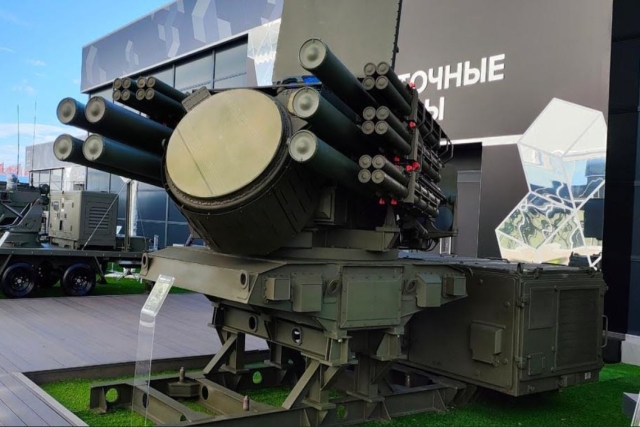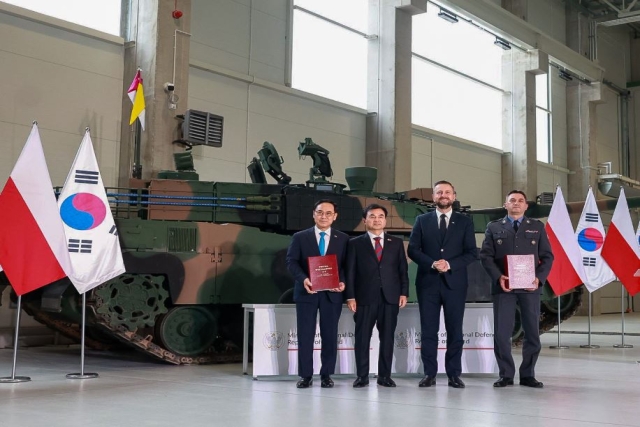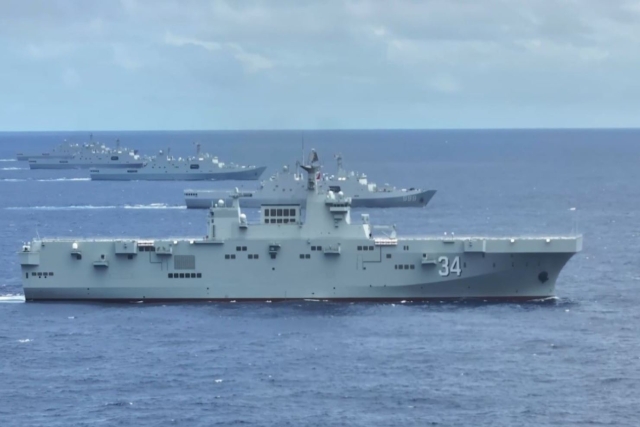The U.S Army And Its Long Term IEWS Development Programs

Col Jim Ekvall, Chief of HQDA Electronic Warfare Division
The U.S Army sees Integrated Electronic Warfare System (IEWS) playing an integral role in its long-term plans that include providing soldiers the capability to “plan, synchronize and integrate EW into the battle rhythm”. In an e-mail interview with Defenseworld.net, U.S Army Chief of HQDA Electronic Warfare Division, COL Jim Ekvall talked about the development of Electronic Warfare Planning and Management Tool and Multi Function Electronic Warfare systems that the U.S DoD is pursuing.
DW : What are your long term plans for the Integrated Electronic Warfare System?
COL Ekvall: The Integrated Electronic Warfare System or IEWS is a system of systems which is comprised of the Electronic Warfare Planning and Management Tool (EWPMT), Multi Function Electronic Warfare (MFEW) systems and Defensive Electronic Attack (DEA) capabilities. IEWS will play an integral role into the long-term plans that will allow maneuver commanders to gain and maintain and advantage in the electromagnetic spectrum.
DW : How will this allow soldiers to coordinate EW operations? What are its other benefits?
COL Ekvall: EWPMT is a software system which will give Soldiers the capability to plan, synchronize, and integrate EW into the battle rhythm. Currently, Soldiers rely on programs such as spreadsheets and slides or other chat-oriented systems to plan for EW. Now that the Army has received the funding to create EWPMT, Soldiers will have the benefit of a more streamlined approach planning for EW.
DW : Can you tell us about the six phases of EWPMT development?
COL Ekvall: EWPMT will be developed over the next six years into six different capability drops where various capability milestones must be met. By 3Q FY15, two capabilities drops will be completed. In the last quarter of FY19, EWPMT will be fully-operational with all six drops completed.
DW : Can you identify the contractors involved in the development?
COL Ekvall: Sotera Defense Solutions which is headquartered in Herndon Virginia was awarded the contract for EWPMT on July 2. Currently the contract is for $97.6 million.
DW : In particular, what kind of EW capabilities is your division trying to establish?
COL Ekvall: The Army wants to provide the warfighter with a means to gain and maintain an advantage in the electromagnetic spectrum. Tools such as the Integrated Electronic Warfare System (IEWS) which EWPMT is a part of will allow EWOs an easier way to plan and integrate EW missions. EWPMT will have 22 separate and distinct functions which will allow the war fighter to deconflict offensive and defensive signals.
DW : Do you have any joint efforts with the Navy or Air Force to develop EW systems?
COL Ekvall: Not at this time, although we work closely with the United States Marine Corps.
DW : The Army is also not pursuing any of the more expensive EW platforms unlike the Air Force and Navy. Can you elaborate of this?
COL Ekvall: The Army finds the best economic solution to close existing gaps in electronic warfare. The roles that these solutions serve do not have the same requirements as those of the USAF or USN, and therefore will be less expensive.
DW : What is next for the Army EW development program?
COL Ekvall: Finding out how to use our dominance of the electromagnetic spectrum to conduct effective cyberspace operations.










